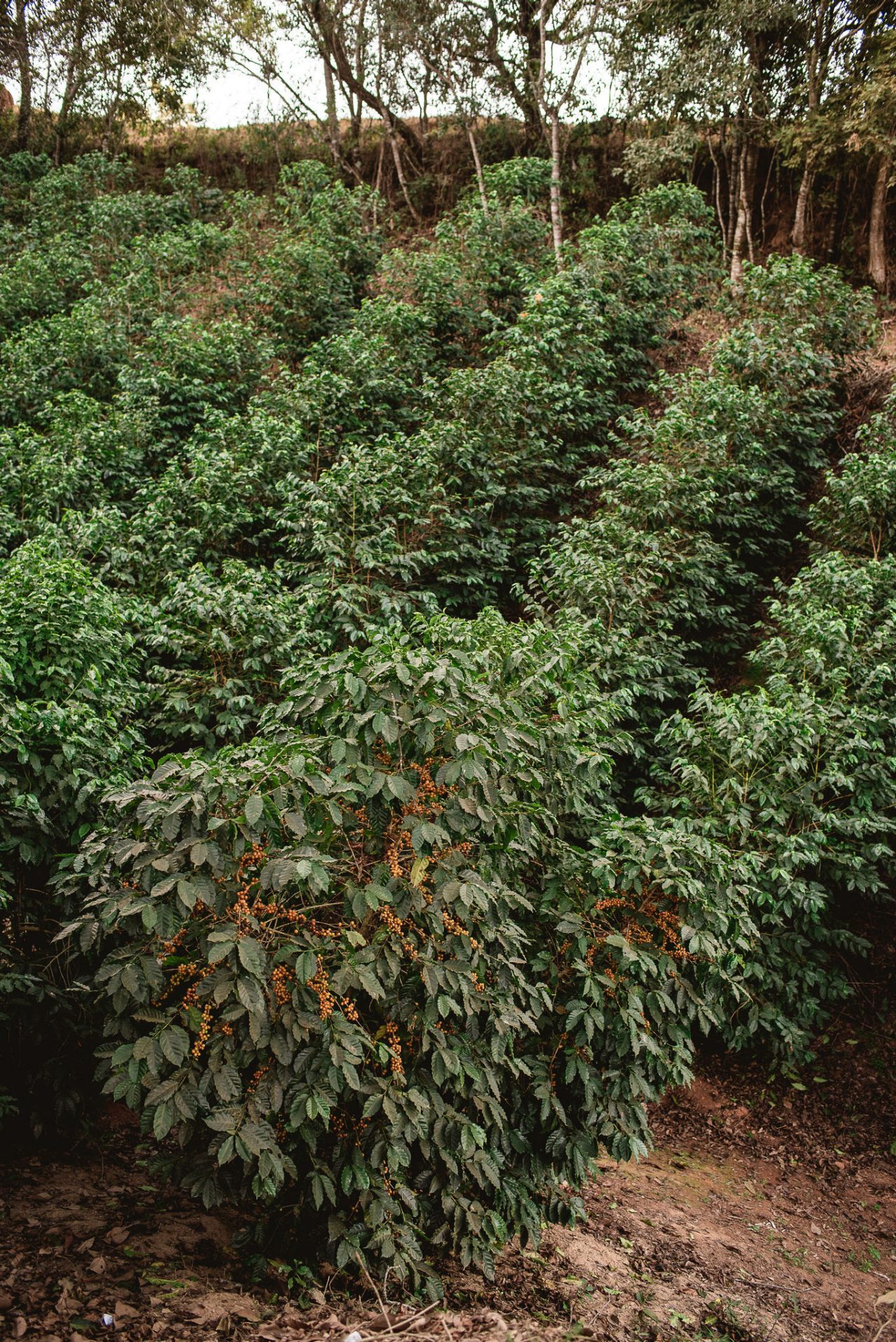Pulp of the future
Challenge.
The increasing competition for the use of wood and pulp, as well as the damage to forests caused by climate change and the decrease in biodiversity, are major challenges for the pulp and paper industry. The traditional focus on monocultures of fast-growing tree species is a further problem, as these are more susceptible to pests and diseases and also adversely affect the natural habitats of other species. Moreover, as the world’s fifth largest energy consumer and third largest industrial emitter of greenhouse gases, the paper industry is responsible for about 5% of global carbon emissions.
Strategy. In order to counter these effects, we are working together with our partners to establish regenerative forest management. We procure our pulp from recycled or sustainably managed sources, with low impact on the climate and sustainable water use. At the end of its use, our pulp is recycled or biodegrades fully in the natural world.
Target > 2025 > 2030.
We give priority to climate-neutral, resource-conserving pulp and paper products. In addition to the procurement of certified pulp, this also includes the resource-efficient production of our paper products. We are developing technologies and processes to convert our manufacturing processes to renewable energies.
Impact. Even though we already purchase a high percentage of certified pulp (99.3%), the continuous development of processes for national or regional forest management standards is essential for the protection and preservation of the world’s forest resources, as well as for biodiversity, and the sequestration of greenhouse gases in our forests.



